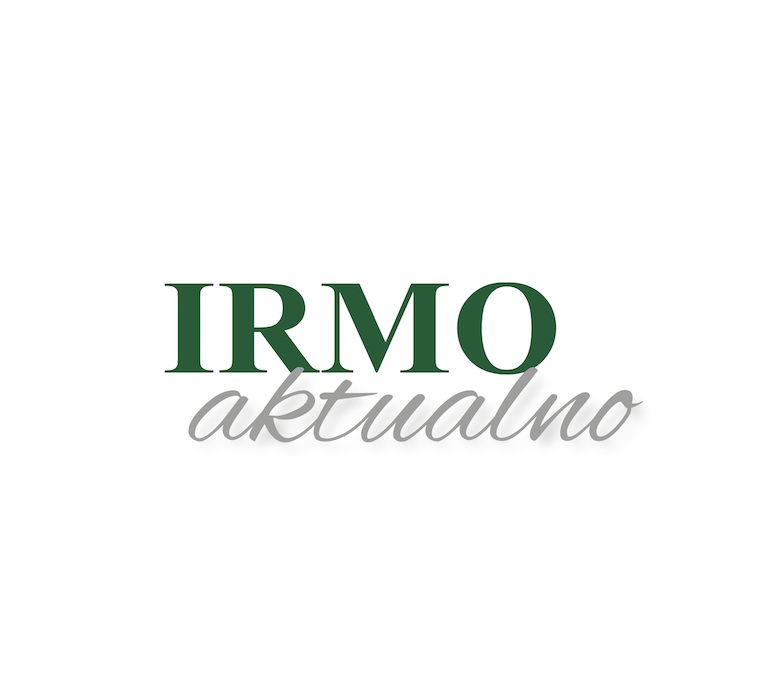In the new issue of IRMO, authors Jakša Puljiz and Ivana Biondić deal with the future of Cohesion policy after 2027. The environment in which Cohesion policy operates has changed significantly in recent years, which will undoubtedly affect its design after 2027. The new priorities of the European Union, especially in the area of security and defence mean increased financial needs for their financing, which can reduce the budget space for Cohesion policy. In addition to budgetary issues, it is also important to consider substantive changes that await Cohesion policy in view of current development trends and challenges that European regions are facing. Cooperation with other EU and national policies will be essential to maximize the effects of Cohesion policy. It will be particularly important for Croatia, based on past experience in the use of Cohesion policy funds, but also in the implementation of the National Recovery and Resilience Plan, to strengthen the overall national framework for investments and the implementation of structural reforms, taking particular account of the needs of less developed areas.
LINKS:
IRMO aktualno 40 (croatian)
Archives: IRMO aktualno






